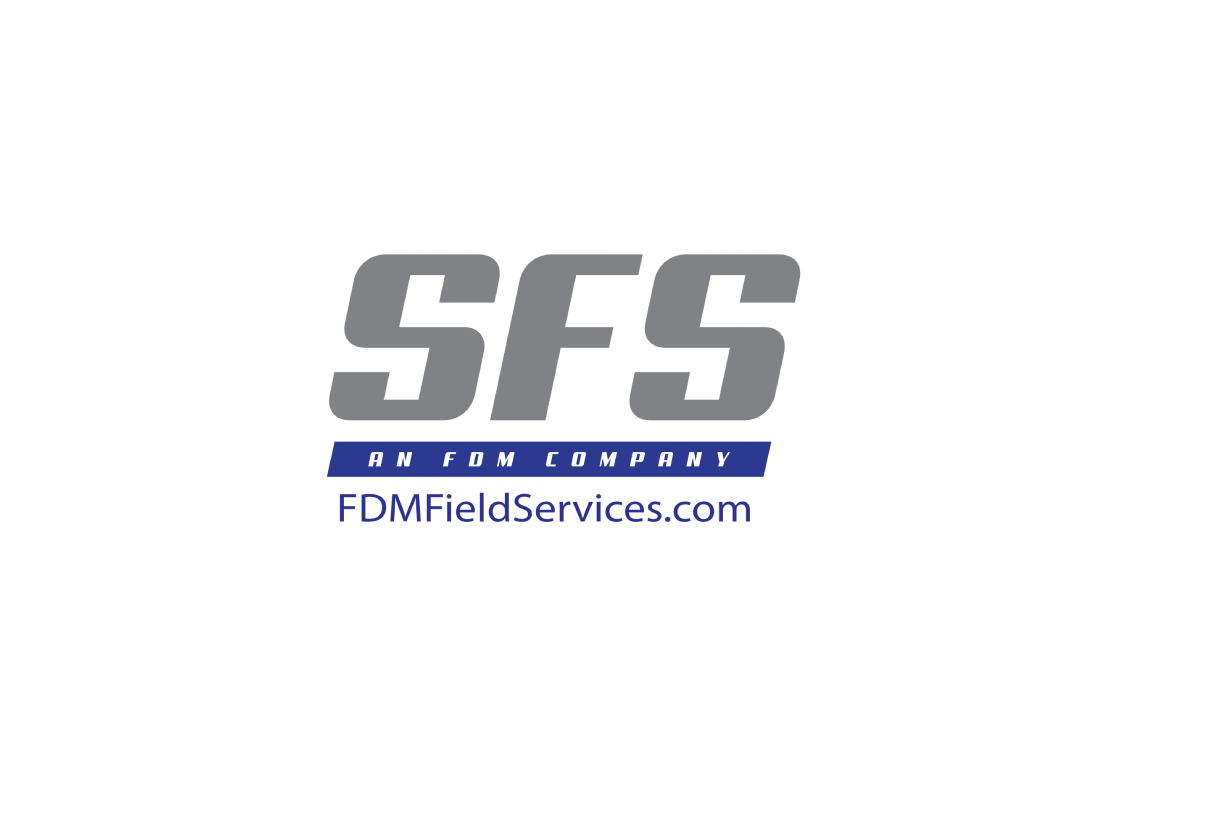Keeping Things Clean and Organized While You Stock
by

There are thousands of books out there discussing strategies for retail success. They cover all the topics, from merchandising to staffing, to inventory to finances. But there are a couple subjects you don’t often read about that are critically important, but far less glamorous: organization and cleaning.
As a merchandiser, it’s important to know that your job does not include cleaning the store. But on the other hand, you need to make sure the areas where you work are kept orderly and tidy at all times. As we enter spring, let’s focus on some quick and easy tips for staying organized and keeping things clean while you stock.
What is a Holding Area and How Can It Help You?
Sometimes they’re called “holding areas.” Sometimes they’re called “third-party holding areas.” Plenty of times, they don’t even have a name. What is it? It’s a space where third-party workers (like you) can store all the materials needed to do your job. As a merchandiser, that could include various tools, planograms, or any other materials you need to use on-site.
Holding areas can be quite helpful for our merchandisers. If you’re working in a store that doesn’t have one, maybe you can create one. Look around in the backroom for an out-of-the-way area that could possibly accommodate all your equipment. Then politely ask the store manager if you can use that space to store your materials. Explain that it will make it easier and more efficient for you to do your job.
Dealing with Damaged Goods
SFS Independent Retail Merchandisers spend a lot of time on the sales floor, dealing with lots of store merchandise. Quite often that means that they’re the first ones to spot products that are broken, torn, or damaged.
If you see something out of place in the category you are working on, try to put it where it belongs. And if you run across an item that’s broken, set it aside. At the end of the day, show all the damaged goods to the store manager. It’s technically not part of your job as a merchandiser, but it shows initiative, and is a simple way to go above and beyond in order to help. Everyone will appreciate it.
A Particularly Useful Tool for Merchandisers: The Shopping Cart
Here is a classic #MerchandiserProblem. You’re working on a project that requires you to peel off the old price label stickers, and attach new ones. It seems straightforward at first. But after a couple dozen price labels have been removed, you realize something: you have no place to put the old labels.
That’s where the shopping cart comes in. Without question, it’s one of the best friends a merchandiser can have. And if you see a merchandiser with a shopping cart that has a checkout bag tied to the handle, then you’ll know you’re in the presence of a real pro. But first—and this is important—check with store management to make sure it’s alright for you to use a shopping cart. In most cases they will be fine with it, but some managers would prefer you not use one.
If you’re allowed to use a shopping cart, you’ll quickly see that it’s a great place to store your new merchandise, tools and equipment, and any defective products. The checkout bag tied to the handle is a great place for garbage like old shelf strips or price tags. It makes it a whole lot easier to keep your work area clear and organized—everything you need to do the job is in the cart.
Quick Tips for Staying Organized
- Make sure your area is clear— When you finish working in an aisle, take a quick look around to ensure you didn’t leave anything behind. Double check the floor—the last thing you want is for a customer to trip over anything you forgot to pick up.
- Use a shopping cart— One of the most effective ways to keep your workspace organized and clutter-free, while keeping track of all your gear (and garbage). NOTE: Please get the store manager’s approval before using any cart.
- Take advantage of holding areas— If your store has a designated space for third-party team equipment, use it to store everything you need for each visit. If a space like that doesn’t exist (and there’s room in the back) talk to the store manager about creating one.
- Report damaged goods —Whenever you see damaged product, keep track of them and show them to the manager at the end of your store visit.
Have any other tips for merchandisers to keep their space clean while they’re on the floor? Let us know!
